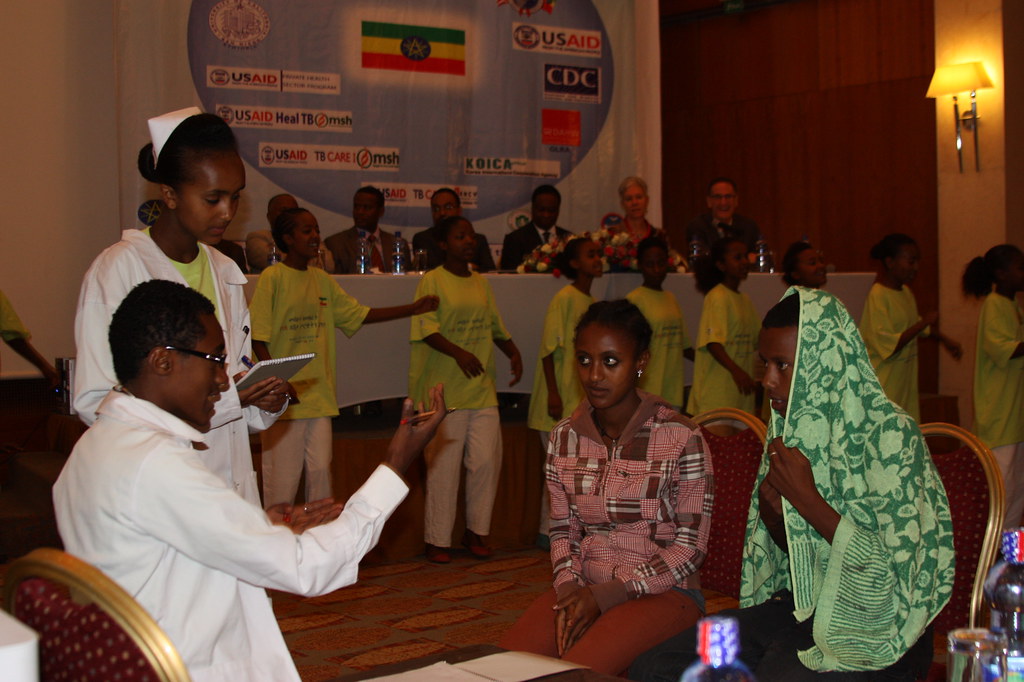Context:
World Tuberculosis (TB) Day is commemorated annually on March 24th to raise awareness regarding the disease and effective strategies for its prevention and treatment.
Background:
- World TB Day 2024 Theme: “Yes! We can end TB!”
- The celebration of World TB Day began in 1982, on the 100th anniversary of Dr. Robert Koch’s announcement of the discovery of Mycobacterium tuberculosis, the bacteria that causes TB.
- World TB Day, emphasizes the potential to eradicate TB with existing disease control mechanisms, infrastructure, training, and political will.
- Despite being detectable and curable, TB continues to pose challenges, highlighting the need for early diagnosis and continuous treatment accessible to all.
Current Scenario:
- India has the world’s highest number of TB cases according to the WHO. In 2022, an estimated 28.2 lakh (2.82 million) people developed TB in India, translating to roughly one new case every 11 seconds.
- While India has made progress in reducing TB deaths, it’s still a significant concern. According to a 2023 report, an estimated two deaths occur from TB every three minutes in India.
- Every day, 3,500 people worldwide lose their lives to TB, and around 30,000 people become infected with TB bacilli, according to World Health Organization (WHO).
- India remains a TB hotspot with 27% global TB case.
- The TB control program in India has evolved since its inception in 1962, incorporating evidence from various domains of public health.
- India’s goal is to achieve a TB-free nation by 2025, while the Global Target(WHO) for TB elimination is set for 2030.
Tuberculosis (TB)
It is an infectious disease that usually affects the lungs, but it can also spread to other parts of the body. It’s caused by bacteria called Mycobacterium tuberculosis.
Transmission:
TB spreads through the air when an infected person coughs, sneezes, spits, or talks. People who inhale the infected droplets can become infected.
Symptoms:
Common symptoms of TB include a persistent cough, fever, night sweats, weight loss, fatigue, and chest pain. However, not everyone infected with TB bacteria will develop symptoms.
Types of TB:
There are two main types of TB infection:
Latent TB infection: People with latent TB have the bacteria in their bodies but don’t have symptoms and can’t spread the disease to others.
Active TB disease: This is the form that causes symptoms and is contagious.
Diagnosis: TB is diagnosed through a combination of tests, which may include chest X-rays, skin tests, and blood tests.
Treatment: Active TB is treated with a combination of antibiotics for several months. It’s crucial to complete the full course of treatment to prevent the development of drug-resistant TB strains.
Prevention: The BCG vaccine, given to children in many countries, offers some protection against severe forms of TB. However, it’s not foolproof. The most important preventive measure is to avoid close contact with people who have active TB.
Challenges:
- Unequal access to quality diagnosis and treatment services in some regions.
- The emergence of drug-resistant TB strains.
- Stigma associated with TB, which can deter people from seeking help.
Global Efforts:
- The World Health Organization (WHO), in collaboration with the Global Fund and Stop TB Partnership, has initiated a joint campaign titled “Find. Treat. All. #EndTB” to combat tuberculosis worldwide.
- Additionally, the WHO publishes the Global Tuberculosis Report to provide comprehensive updates and insights into the global TB situation.
National Efforts:
- Ni-kshay Poshan Yojana (NPY): This program provides ₹500 monthly to TB patients for nutrition during treatment.
- National TB Elimination Programme (NTEP): Launched in 2020, this program aims to eliminate TB by 2025 through early diagnosis, effective treatment, and community engagement.
- The new MTBVAC vaccine trial by Bharat Biotech is a major step forward. Unlike the century-old BCG vaccine, MTBVAC uses a human strain that could be more effective.
- Along with VPM1002 and MIP, MTBVAC offers promising possibilities in the fight against TB.
Conclusion:
Achieving a TB-free India requires concerted efforts, including early diagnosis, precise treatment, treatment adherence, and integration into larger health systems. With political will and commitment, coupled with accessible diagnosis and treatment for all, the goal of ending TB in India and globally can be achieved.

